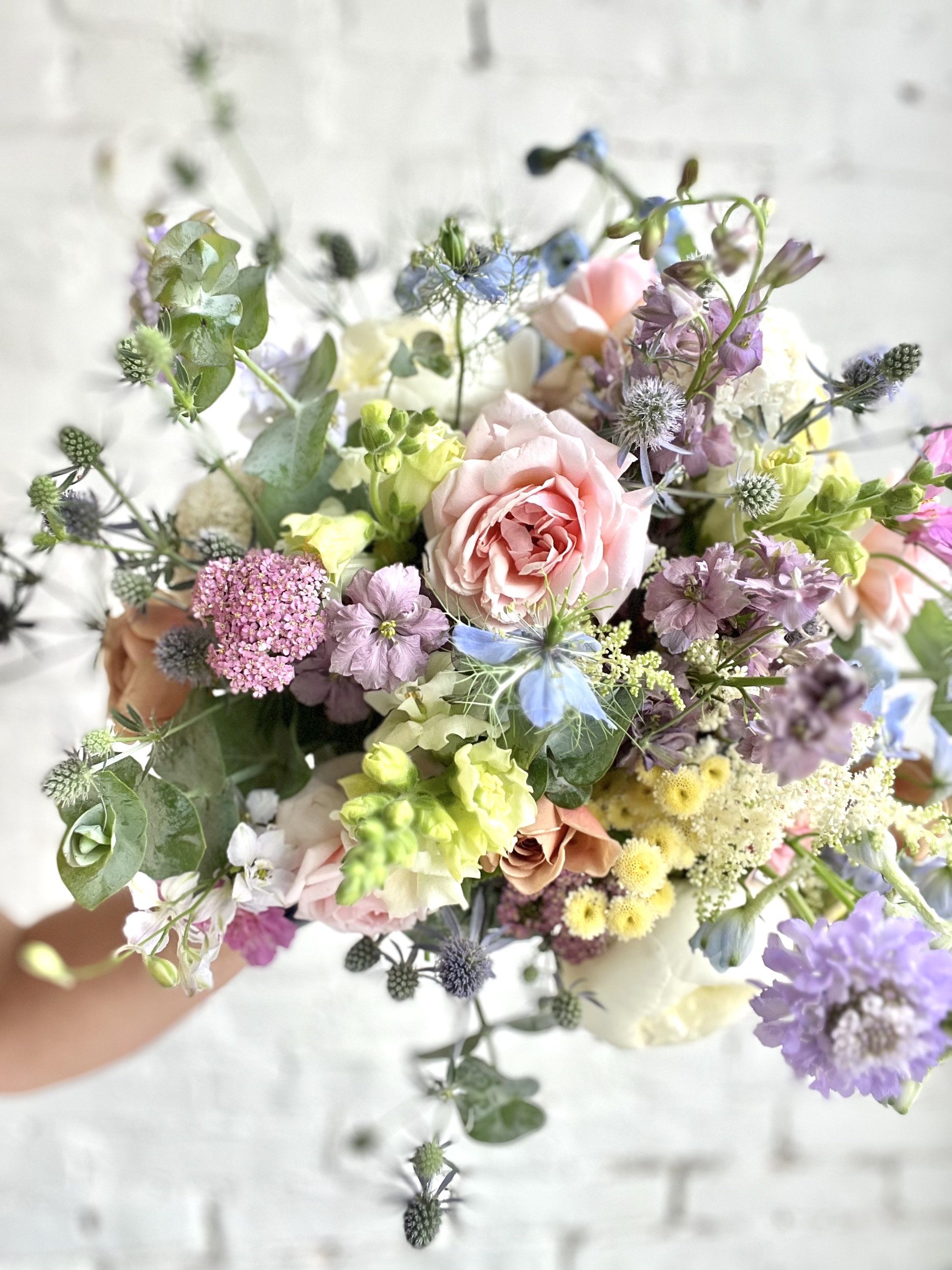Lauren Uhlig
FLORXEIGHT
Lauren planted her first roses in 2017 and hasn’t had enough since. She practices full time as an architect, and considers growing roses my 5-9 (AM or PM depending on the day). She doesn't take very well to be told "can’t” and that’s how she's ended up with nearly 200 rose plants used for cut flower production for local florists in her urban backyard. Lauren is dedicated to growing regional knowledge on cut roses production and encouraging others to do the same.
Show Notes
Garden roses offer distinct varieties from roses that are used in the floral tradeThe petal structures can significantly differ between the two with South American roses having very durable petals, garden roses offer a fluffier, soft petal.
Garden roses are renowned for their significant fragrance. While we might have become use to the almost no fragrance of a trade rose, it’s great to be reminded of the pleasant scent of garden roses.
Lauren discussed working in harmony with your local climate and season. This gives you the freedom to take a rest period, regroup, and work with the natural flow of your flowers instead of working against it and trying to force something.
Collaboration is highly valued within the floristry community, and it often leads to lasting relationships with clients. Effective communication is key in fostering these connections.
For those new to growing roses, it's common to feel intimidated by the experiences of others or you may feel you can’t compete with trade roses but don’t let that keep you from growing.
It’s ok to start small. Lauren suggests starting with a manageable number, around 20-25 plants, to gauge personal interest and the success of a growing season
Rose growing doesn't have to be a full-time endeavor; it can serve as a rewarding supplement to your income. This insight opens up avenues for exploring a passion without the pressure of transitioning into a full-time career.
















